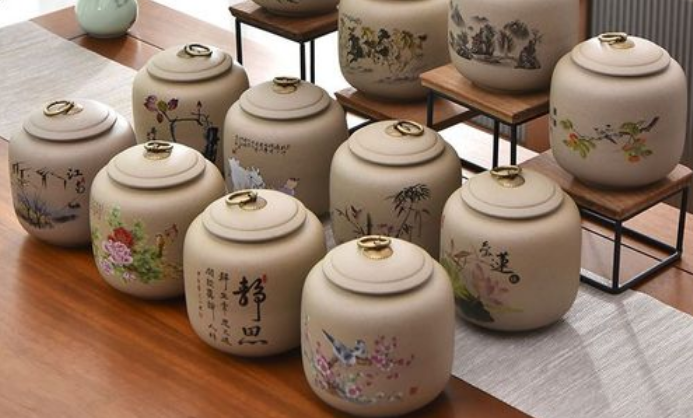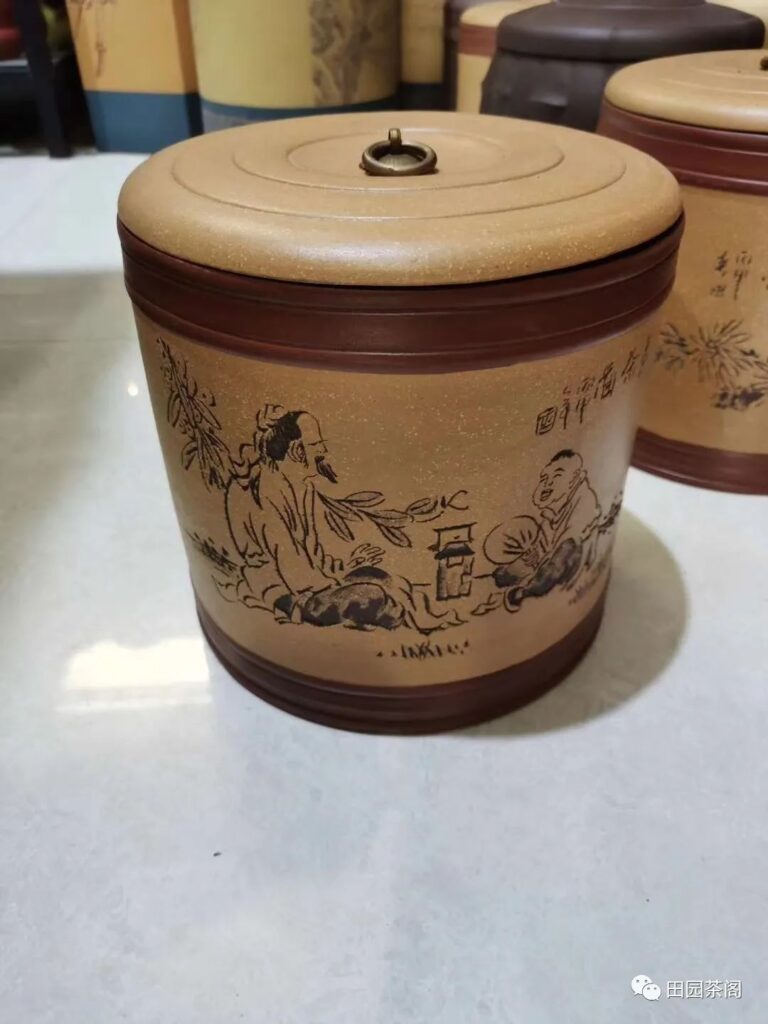According to the characteristics of tea and the reasons for tea deterioration, theoretically, the most ideal conditions for tea storage are dryness, cold storage, oxygen-free and closed environments. However, due to various objective factors, it is often impossible to meet all these conditions simultaneously. Therefore, in the specific operation process, we can focus on the essential requirement of dryness, and then adjust the tea storage process according to our existing conditions. Additionally, we can adopt some other storage methods.
Low-temperature storage method: Keep the environment where tea is stored below 5 degrees Celsius. When using this method, for a storage period of less than six months, maintaining the refrigeration temperature at 0 – 5 degrees Celsius is the most cost-effective. For a storage period of more than six months, freezing is better, and it is best to store tea in a dedicated cold storage. If tea must be refrigerated with other foods, the tea should be properly packaged and completely sealed to avoid absorbing odors. When purchasing a relatively large amount of tea at one time, it should be divided into small packages first and then placed in the cold storage. Each time, take out the amount needed for brewing. It is not advisable to repeatedly freeze and thaw the same package of tea. When taking out tea from the cold storage, let the temperature of the tea in the can rise to be close to room temperature before taking out the tea. Otherwise, the tea is prone to condense water vapor, increasing the moisture content and accelerating the deterioration of the unbrewed tea. Food bag storage method: First, wrap the tea with clean, odorless white paper, and then wrap it with kraft paper. Then put it into a plastic food bag without gaps, gently squeeze out the air in the bag, and tie the bag mouth tightly with a soft string. Take another plastic food bag and put it over the first bag in reverse. Gently squeeze again to expel the air and tie the bag mouth with a string. Finally, place it in a dry, odorless and airtight iron barrel. Vacuum nitrogen packaging storage: Control the moisture content of tea at 35%, put it into an aluminized composite bag, use a vacuum nitrogen filling machine to extract the air in the package, and at the same time fill it with pure nitrogen. After sealing, store it in a tea fragrance environment or send it to a low-temperature cold storage. Generally, it will not change color within one year. Thermos flask storage method: Select a thermos flask with good heat preservation performance. Put the dry tea into the flask, fill it tightly to minimize the amount of air remaining. Plug the flask tightly with a soft stopper, seal it with white wax, and then wrap it with adhesive tape. Due to the small amount of air and stable temperature in the flask, this method also has a good preservation effect and is simple and easy to operate. Desiccant storage method: Using desiccants can extend the storage time of tea to about one year. The type of desiccant selected can be determined according to the type of tea and convenience of obtaining materials. For storing green tea, lumpy, undissolved lime can be used. For black tea and scented tea, dry charcoal can be used. If possible, color-changing silica gel can be used, which has a better moisture-proof effect. Before absorbing moisture, color-changing silica gel is blue. When the desiccant particles change from blue to translucent pink, it indicates that the absorbed moisture has reached a saturated state.At this time, it must be taken out and baked over a low fire or sun-dried until it restores its original color, and then it can be put back for consumption.
The storage and preservation methods we just discussed are applicable to non-fermented or semi-fermented teas such as green tea, in order to extend the freshness as much as possible. For fully fermented dark tea and some products aiming to achieve aging through storage, the storage methods are different. When storing dark tea, pay attention to three conditions: 1. Keep it in the shade and avoid sunlight. Sunlight will cause the tea to oxidize rapidly and produce some unpleasant chemical components, such as the sun-dried taste, which will not disappear for a long time. 2. Ensure ventilation and avoid airtight conditions. Ventilation is conducive to the natural oxidation of the tea. At the same time, it can appropriately absorb the moisture in the air (but the moisture content should not be too high, otherwise it is prone to mildew), accelerating the process of hot and humid oxidation of the tea body and providing moisture and oxygen for the metabolism of microorganisms. Do not seal it with plastic bags. Instead, use packaging materials with good permeability such as kraft paper and parchment paper for packaging and storage. 3. Keep it in an open space and avoid odors. Tea has extremely strong odor absorption properties and cannot be stored together with substances with odors. It is advisable to place it in an open and well-ventilated environment.


